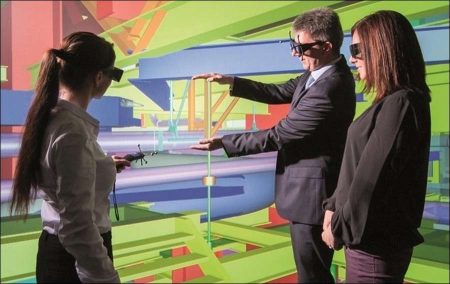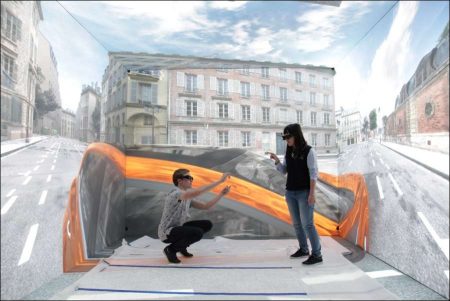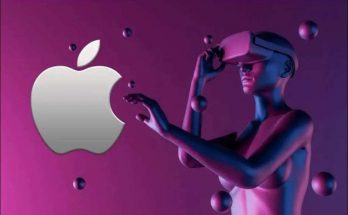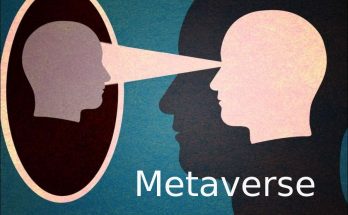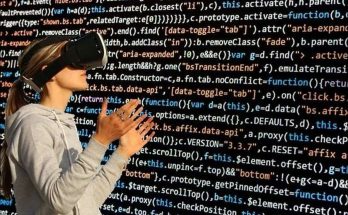Virtual Reality can be defined as a technology that imitates and recreates the real world using advanced technologies and creates the perception of reality, but consists entirely of imaginary elements. This technology directly appeals to our sense organs and creates a virtual world in which we can feel like we are really in it with our 5 senses.
Interactive Virtual Reality Systems are 3D visualization solutions that make one feel in the real environment and enable interaction with person/structure/machine in the virtual environment by collaborating with the user.
The 3D models and environments of these solutions appeal to the user’s visual, auditory and tactile senses, thanks to the software and hardware used. This makes it possible to repair or operate an automobile or container crane, perform a surgical operation in an operating room, or tour a factory or airport without needing to produce/create in the real world.
These real-time simulation and visualization systems enable users to navigate in created virtual environments, perceive and interact with the environment as in the real world, and also enable examination methods that are impossible to do in the real world.
Thus, various business processes, from tests to data analysis, from promotions to technical training, needed in many sectors, engineering and design fields, can be carried out faster and at lower costs.
infoTRON has developed four different products that can be solutions to different sectoral needs with the perfect integration of original 3D hardware and software technologies: ᵀᴿwall, ᵀᴿcave, ᵀᴿvrc and our virtual reality software RoT-Realization of Things.
Advantages of Virtual Reality Systems
Hits: 114
